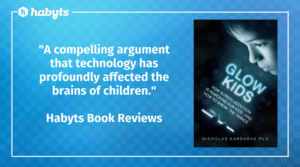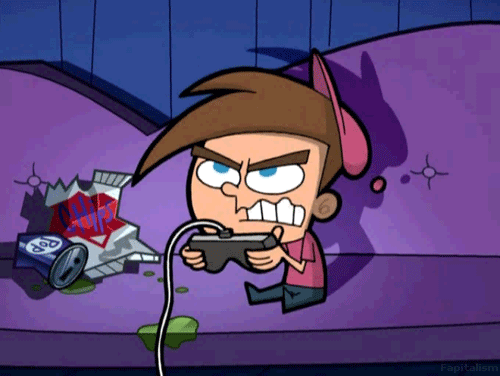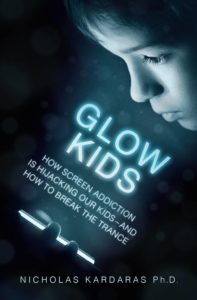
Dr Nicholas Kardaras, one of the foremost addiction experts, holds a strong view on how technology has impacted kids in the past decade. In his book, Glow Kids, he gives us both clinical and neurological insight into the epidemic of tech addiction in kids — and just how bad it really is.
Review: A compelling argument that technology has profoundly affected the brains of children
What to expect in the book
As a professor of neuroscience, Dr Kardaras thought he had seen it all until he encountered a patient with Game Transfer Phenomena. The condition led the boy to believe, after hours of gaming, that he was still in the game — when he was, in fact, in reality.
This is just one of the shocking stories that the author shares with us. Throughout the book, there are plenty of case studies and testimonies, as well as an insightful interview with a neuroscientist who is also a recovering video gamer.

Kardaras provides plenty of supporting evidence that kids not only imitate violence from games and develop a “mean girl” mentality from social media use, but that gaming and social media have damaged kids imaginations. From the Tetris effect to the endless adrenalin rush, Dr Kardaras uses his own clients’ experiences to explain what technology is doing to our kids.
If you can take away anything from this book
We all know that the likes of Steve Jobs and Bill Gates limit their kid’s technology use. Waldorf parents, too, avoid overexposure to technology. Dr Kardaras point in this book isn’t that technology is inherently bad or that it shouldn’t be used every day as a learning tool. His argument (like the tech giants) is that the age of exposure — when minds are young and vulnerable — is the danger.
He uses a Buddhist proverb to explain it to us:
“Before you can be no one, you first have to be someone. That is, a person needs an ego before they can go beyond the ego. Technology is sort of like that. People need to first fully develop their brains — their cognitive, attentional, linguistic, emotional, spatial and reality-testing mental faculties — before their brains can go beyond those areas and handle hyper arousing and reality-immersing screens.”
Today’s reality

Unfortunately, kids these days often haven’t had a chance to develop without technology. While we — the older generations — know the illusion of social media and video games, they do not. They are connected to their devices. This is despite the fact that it’s been proven that connection comes from experiencing life together, not “liking” someone’s experience on Facebook or Instagram, or chatting to them in a multi-player game.
Most “Glow Kids” have not learnt this. Their world revolves around online connections. Now it’s not a case of “It’s 10 pm, do you know where your kids are?” but “It’s 10 pm, do you know who your kids are online with?”
With the addition of helicopter parenting and schools embracing the advances of technology in the classroom, getting away from technology (and its repercussions) is becoming increasingly challenging.
Luckily, Dr Kardaras gives us a solution.
What we can do about technology addiction now
It appears there is a recipe for addiction, and it doesn’t just rely on those who are predisposed to addictive tendencies.
The recipe for addiction
Feeling adrift & purposeless + hyper-competitive/hyper-individualistic + stress + social disconnect + the escapism of screens = a compelling drive for our kids to turn to screens.
Now that we know what the recipe is, we can counter it with a solution.
As Dr Kardaras explains, addiction is less about the magnetic, addictive pull of the drug and more about the condition of the person’s life. Without socialisation and connection, kids are much more vulnerable to addiction.
Therefore it’s important that technology use is balanced with real-life experiences, giving our kids the ability to form social and real-life connections. If they are too far into the technological abyss, then yes, a digital detox is needed. But if the problem is marginal, we still have time to cut back on technology and balance our kid’s activities.
It’s why we built Habyts with a tasks section. That way, parents can schedule in screen time which can be used for brain development, but they can also schedule in things like “complete music class”, “do half an hour of exercise” and other activities to counter their amount of screen time.
If you are wondering if your child has a screen time addiction, there is a section in Glow Kids that ask you some key questions to give you a good idea. Or, if you need an answer now, we also have a Screen Score Quiz you can take.
RELATED: Losing your child to screens?
Do you have a book recommendation for us? Get in touch below!